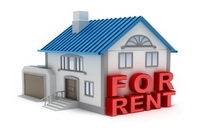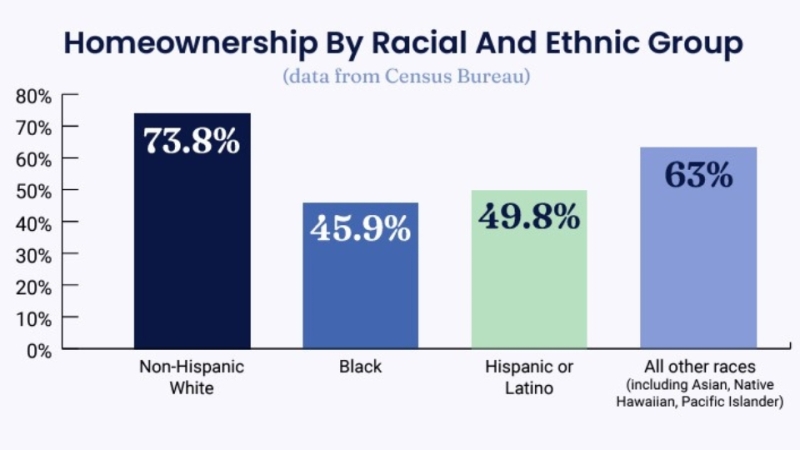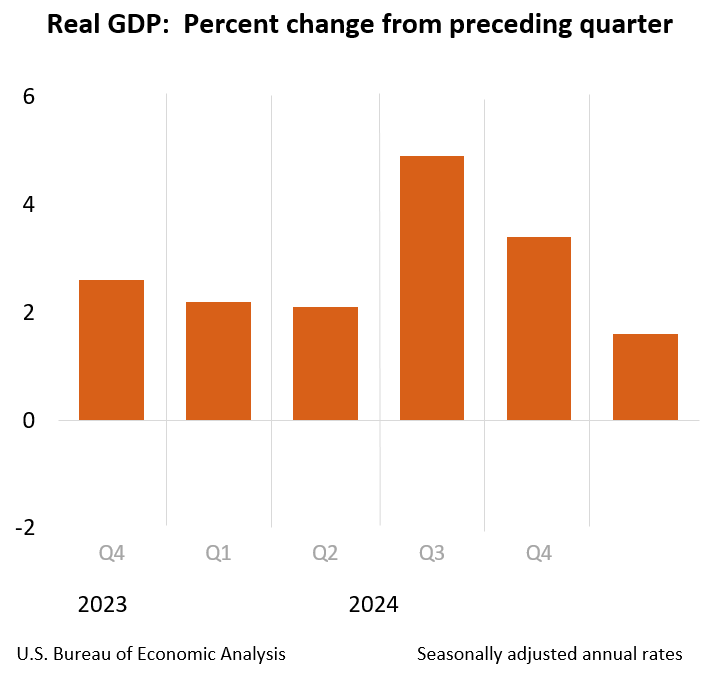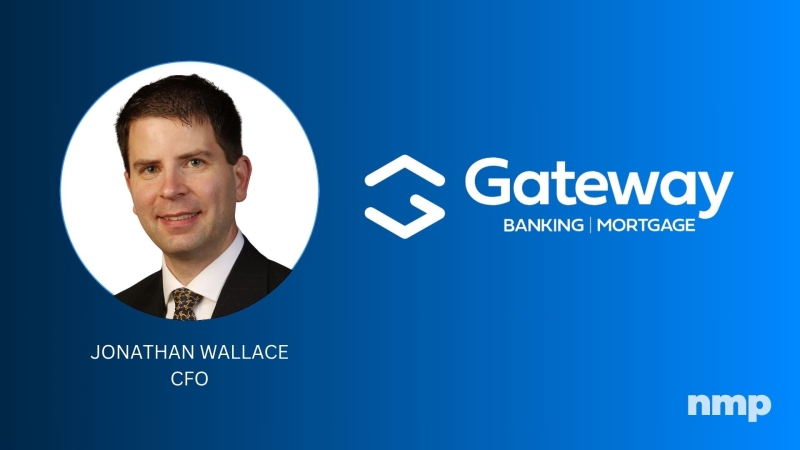Advertisement
CoreLogic Renter Report Shows Improvement in Applicant Credit Quality

CoreLogic has released its CoreLogic Renter Applicant Risk (RAR) Index Report for the first quarter of 2013, showing a two-point year-over-year increase to a value of 104. The rise in the index is a sign of improving ability to meet lease obligations among prospective apartment renters nationwide. Published quarterly, the RAR Index Report provides market-based benchmarks for evaluating credit quality and risk of default among renters applying for apartment homes in multifamily housing units and single-family rentals. Using a mean of 100, an index value above 100 indicates improved applicant credit quality and decreased lease default risk, and a value below 100 indicates declining applicant credit quality and increased lease default risk.
"It's encouraging to see better qualified applicants who are more likely to meet their lease obligations," said Jay Harris, senior director, CoreLogic SafeRent. "As the economy continues to grow slowly, conditions appear cautiously optimistic for continued improvement in renter applicant qualifications in the year ahead. During this relatively upbeat period, renter trends are pointing toward increased confidence among property owners and applicants."
►Fewer prospective residents apply: Renter applicant traffic nationally was down slightly on a same-store basis (measuring the same properties over time). Year over year, the CoreLogic index measuring applicant traffic for the same properties* decreased by 5.4 percent for Class A properties. The index decreased by 3.7 percent for Class B properties and the index decreased by 4.4 percent for Class C properties.
►Applicant incomes rise: In the first quarter of 2013, applicants' incomes inched up slightly across all property classes, along with rent-to-income ratios. On a year-over-year basis, the average monthly applicant income for Class A properties was $4,528, an increase of 1.4 percent. For Class B properties, it was $2,895, an increase of 0.2 percent and for Class C properties, it was $2,047, an increase of 0.4 percent.
►Rent-to-income ratios rise: In first quarter of 2013, the average rent-to-income ratio for Class A properties was 22.9 percent per lease, a year-over-year increase of 7.0 percent. For Class B properties, the average rent-to-income ratio was 21.7 percent per lease, a year-over-year increase of 11.2 percent. For Class C properties, the average rent-to-income ratio was 21.9 percent per lease, a year-over-year increase of 10.1 percent. Rising rent-to-income ratios could indicate that individuals are stretching their budgets to afford higher quality properties.
►Lower-priced rentals see more significant decreases in rent amounts: The average rent amount for Class A properties in the first quarter of 2013 was $1,571, a year-over-year decrease of 0.8 percent. At the same time, the average rent amount for Class B properties increased by 0.1 percent to $874, while average rent amounts for Class C properties decreased by 1.3 percent year over year to $554.
About the author





